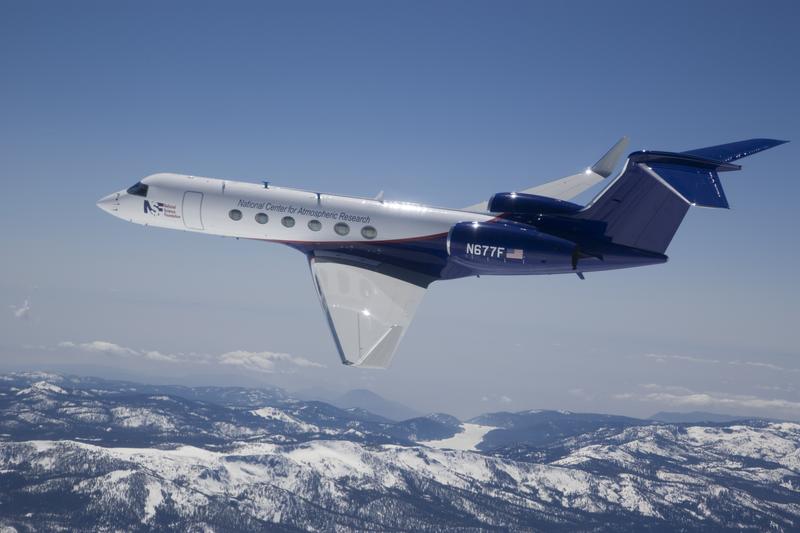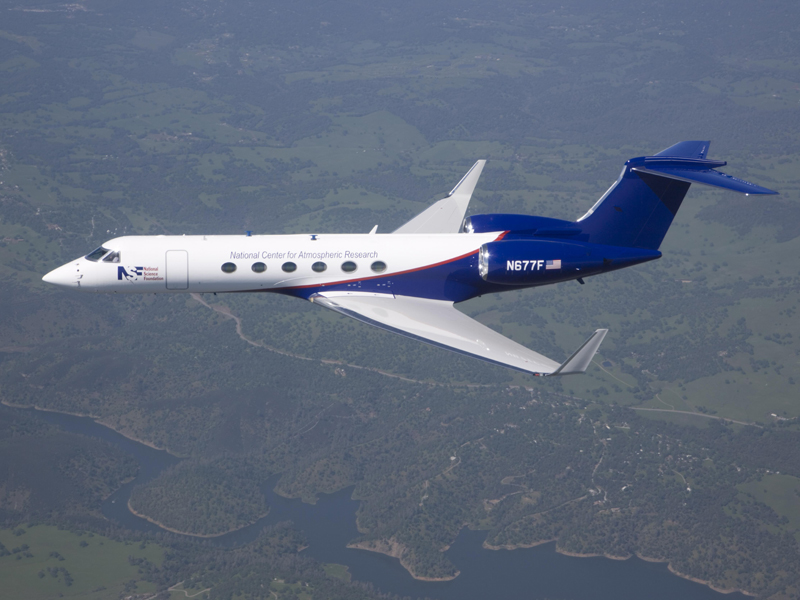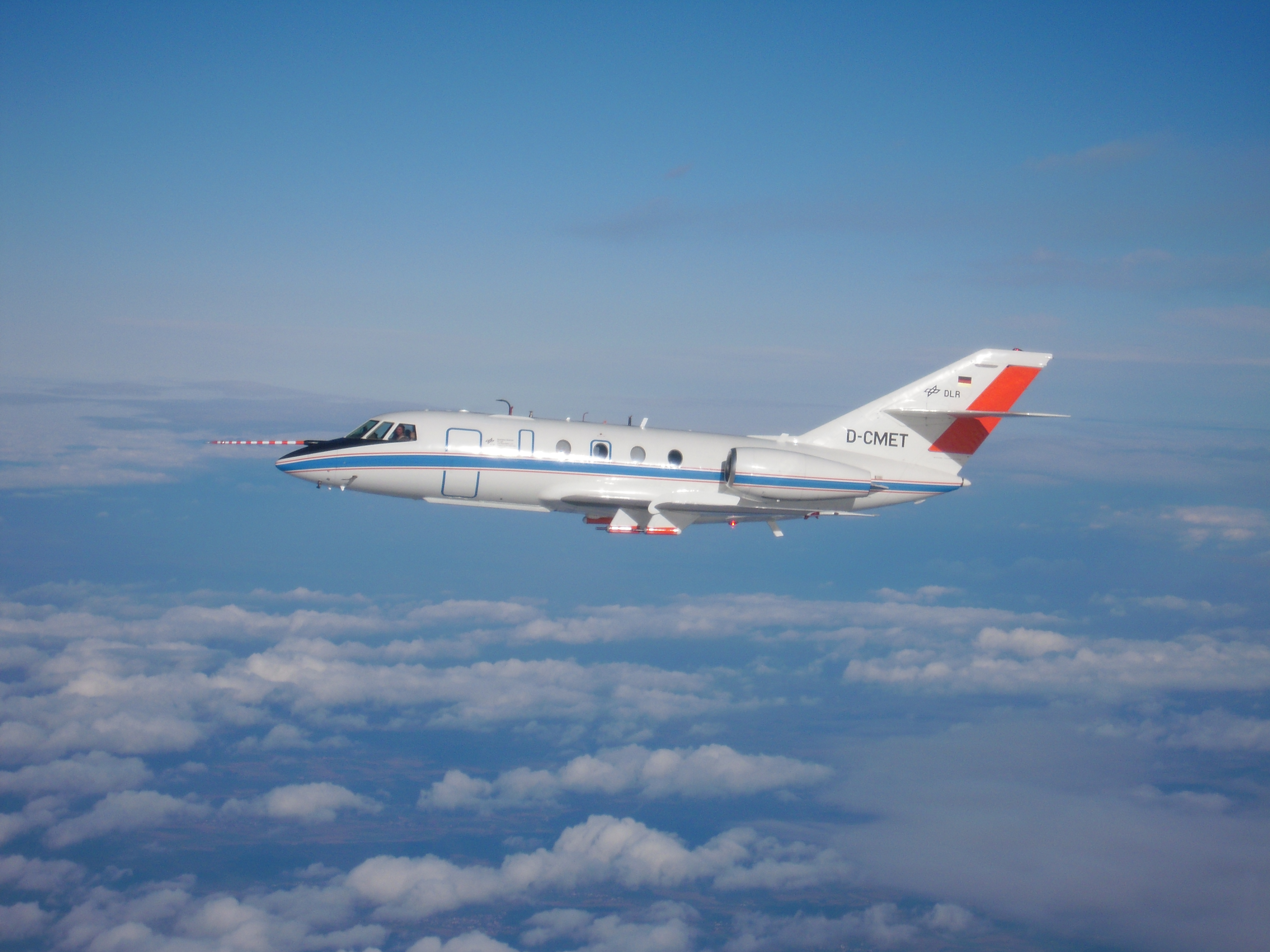DEEPWAVE makes use of two instrumented aircraft platforms and a range of ground-based equipment from lidars to balloon-borne instruments at six observation locations on the South Island and one on the North Island. This comprehensive suite of instruments is used in order to gather data on different types of atmospheric conditions such as wind thermodynamics, chemical processes, and air density at a range of altitudes.
| RESEARCH AIRCRAFT |
NSF/NCAR HIAPER | High-Altitude Aircraft
 The NSF/NCAR HIAPER (High-performance Instrumented Airborne Platform for Environmental Research) is the U.S. most advanced aircraft for environmental research. HIAPER is owned by the National Science Foundation and operated by the National Center for Atmospheric Research (NCAR).
The NSF/NCAR HIAPER (High-performance Instrumented Airborne Platform for Environmental Research) is the U.S. most advanced aircraft for environmental research. HIAPER is owned by the National Science Foundation and operated by the National Center for Atmospheric Research (NCAR).
HIAPER will be based in Christchurch, New Zealand during DEEPWAVE and is the primary platform to study gravity waves that extend high into the upper reaches of the mesosphere. It will carry a suite of instruments that will measure air density and temperature; incoming and outgoing energy from the Earth; and characteristics of air motion at many altitudes. Capable of flying at altitudes as high as 51,000 feet, HIAPER can collect data at altitudes out of reach of most research aircraft. When the aircraft is flying, follow the flight track live on Google Earth.
>> Read more about HIAPER
DLR Falcon 20 | Mid-Altitude Aircraft
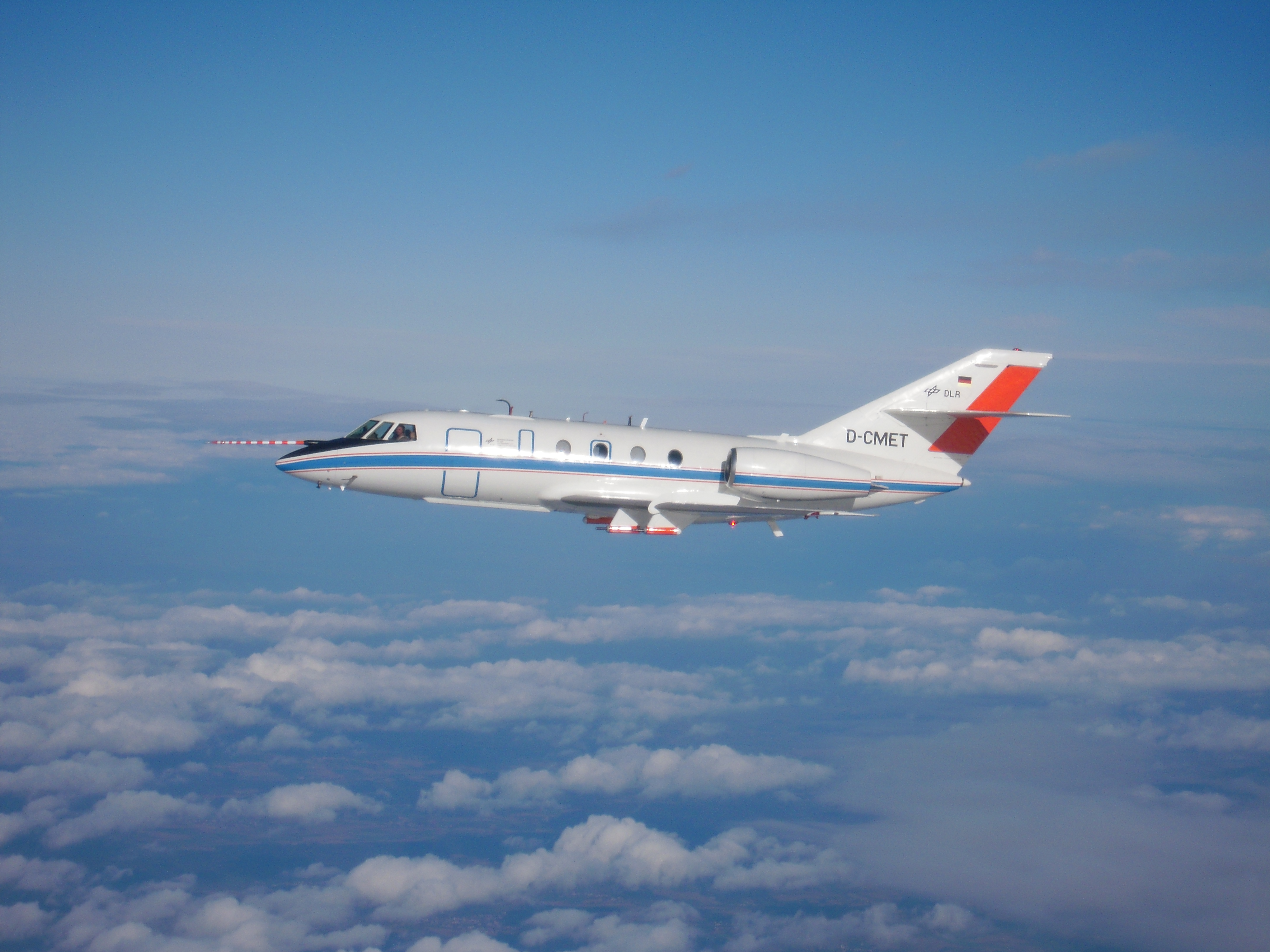 The Dassault Falcon 20, operated by DLR - the German Aerospace Center - is a very reliable and still modern aircraft. Its mechanical and aerodynamical robustness makes it an ideal research aircraft even under extreme situations like thunderstorm research or measurements in the contrail of other aircraft. Read more about the DLR Falcon-20.
The Dassault Falcon 20, operated by DLR - the German Aerospace Center - is a very reliable and still modern aircraft. Its mechanical and aerodynamical robustness makes it an ideal research aircraft even under extreme situations like thunderstorm research or measurements in the contrail of other aircraft. Read more about the DLR Falcon-20.
| GROUND-BASED SITES |
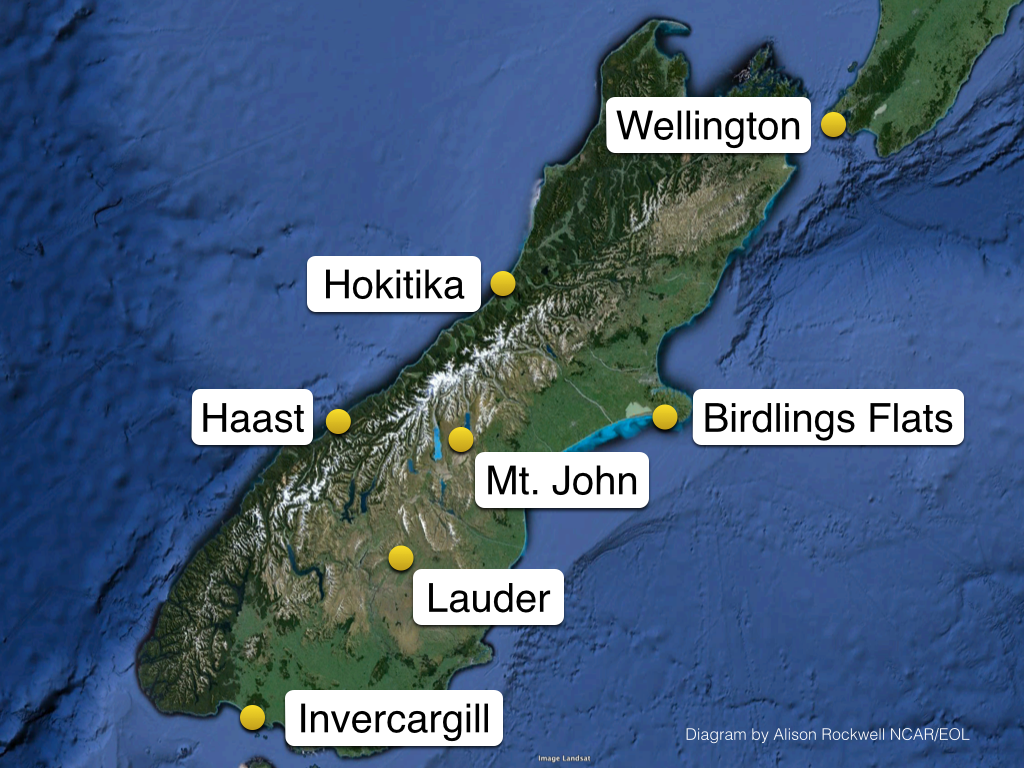 A comprehensive suite of ground-based instrumentation will be located at six sites on the South Island, and one on the North Island. Ground sites are supported by NCAR, NIWA, DLR, and the NZ Met Service. Systems include an Integrated Sounding System (ISS) measuring near-surface winds, moisture and temperature gradients; launched weather balloons measuring temperature, pressure, humidity, wind speed and wind direction; and radars and lidars measuring near surface winds.
A comprehensive suite of ground-based instrumentation will be located at six sites on the South Island, and one on the North Island. Ground sites are supported by NCAR, NIWA, DLR, and the NZ Met Service. Systems include an Integrated Sounding System (ISS) measuring near-surface winds, moisture and temperature gradients; launched weather balloons measuring temperature, pressure, humidity, wind speed and wind direction; and radars and lidars measuring near surface winds.
Measurements taken at these sites are integrated with aircraft and satellite data to provide a complete vertical profile of the atmosphere from the ground up to about 100 km, ultimately providing highly detailed data for enhanced numerical model predictions.
Letter from the Project Manager
DEEPWAVE EOL Facilities
GATS Airborne Lidar
DLR Facilities
NIWA Facilities
NZ Met Service Facilities
Quick Questions for DEEPWAVE PIs
Relevant DEEPWAVE PI Publications
DEEPWAVE Facilities & Platforms
